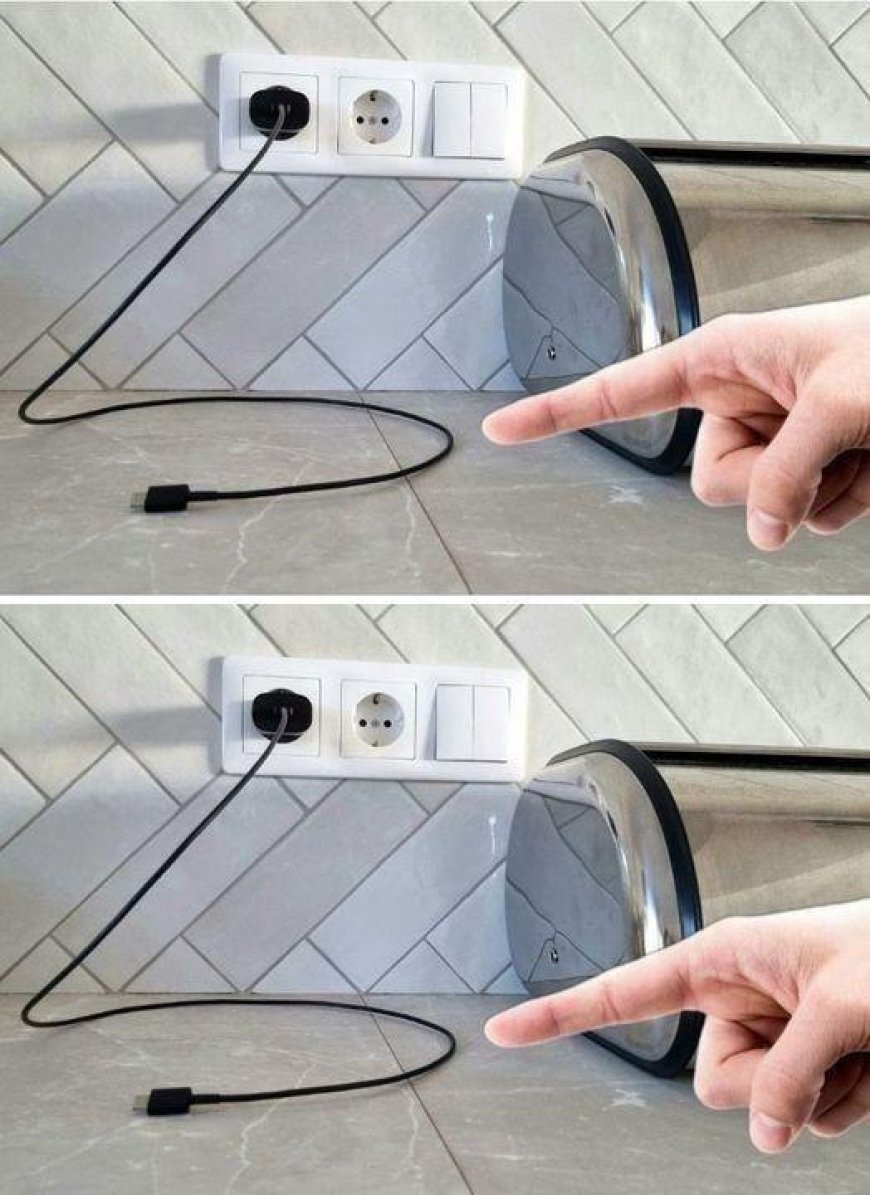The Risks of Leaving Chargers Plugged In: Why You Should Never Leave a Charger in an Outlet Without Your Phone
In an age where electronic devices dominate our daily lives, convenience often takes priority over caution. Many people leave their phone or laptop chargers plugged into outlets at all times, assuming that an idle charger poses no harm. However, this seemingly harmless habit can have hidden consequences. From fire risks to wasted electricity, a plugged-in charger can be more dangerous and costly than most realize.

3.
In modern households, it’s easy to overlook small habits that seem harmless—like leaving a charger plugged in after disconnecting your phone. Yet, behind this everyday convenience lies a range of potential risks that most people never consider. A charger that remains in the outlet continues to draw power, generate heat, and even pose safety hazards over time.
While technology has made our lives more efficient, it has also introduced subtle dangers that come from misuse or neglect. Leaving chargers plugged in may appear insignificant, but it can contribute to energy waste, increase fire risks, and even shorten the lifespan of your devices. Taking a moment to unplug could make all the difference—for your safety, your savings, and the environment.
the Risks of Leaving Chargers Plugged In: Why You Should Never Leave a Charger in an Outlet Without Your Phone
In today’s technology-driven world, it’s not uncommon to find chargers plugged into outlets throughout our homes, offices, and public spaces. However, what many
people may not realize is the potential risks associated with leaving chargers plugged in when they’re not actively charging a device. From electrical hazards to energy wastage, the practice of leaving chargers plugged in can pose various dangers that are often overlooked. In this article, we’ll explore the risks of leaving chargers plugged in and why it’s essential to unplug them when not in use.
– Electrical Fire Hazards: Leaving chargers plugged into outlets without a device connected can increase the risk of electrical fires. Over time, chargers may become damaged or worn, leading to frayed wires or overheating components. When left plugged in, these faulty chargers can pose a fire hazard, especially if they come into contact with flammable materials or are situated near combustible items.
– Energy Consumption and Wastage: Even when not actively charging a device, chargers continue to draw power from the outlet—a phenomenon known as standby power or vampire power. This constant energy consumption contributes to unnecessary electricity usage and can result in higher utility bills. Additionally, the cumulative effect of standby power across multiple chargers left plugged in can have a significant impact on energy wastage and environmental sustainability.
– Risk of Electrical Shock: Chargers left plugged in without a device connected may pose a risk of electrical shock, particularly in households with young children or pets. Curious fingers or playful pets may inadvertently come into contact with exposed charger prongs or damaged wiring, increasing the likelihood of electrical shock or injury.
– Potential Damage to Devices: Leaving chargers plugged in for extended periods, even when not actively charging a device, can potentially damage the charger itself as well as the connected electronic device. Overheating caused by prolonged exposure to electrical currents can degrade the charger’s components and compromise its functionality. Additionally, excessive heat generated by the charger may transfer to the connected device, leading to reduced battery life or other performance issues.
While it may seem convenient to leave chargers plugged in for easy access when needed, the risks associated with this practice outweigh any perceived benefits. From electrical fire hazards to energy wastage and potential damage to devices, leaving chargers plugged in poses numerous dangers that should not be ignored. To mitigate these risks and promote safety, it’s essential to adopt responsible charging habits, including unplugging chargers from outlets when not in use. By taking proactive steps to unplug chargers and minimize standby power consumption, we can create a safer and more energy-efficient environment for ourselves and future generations

























